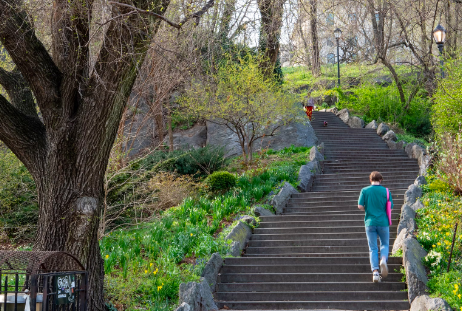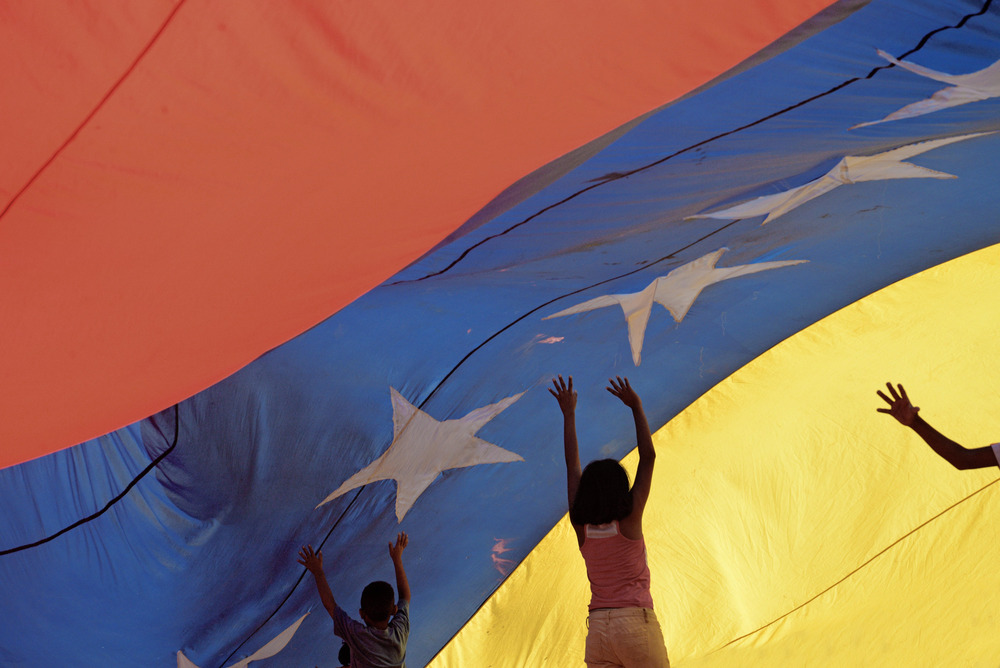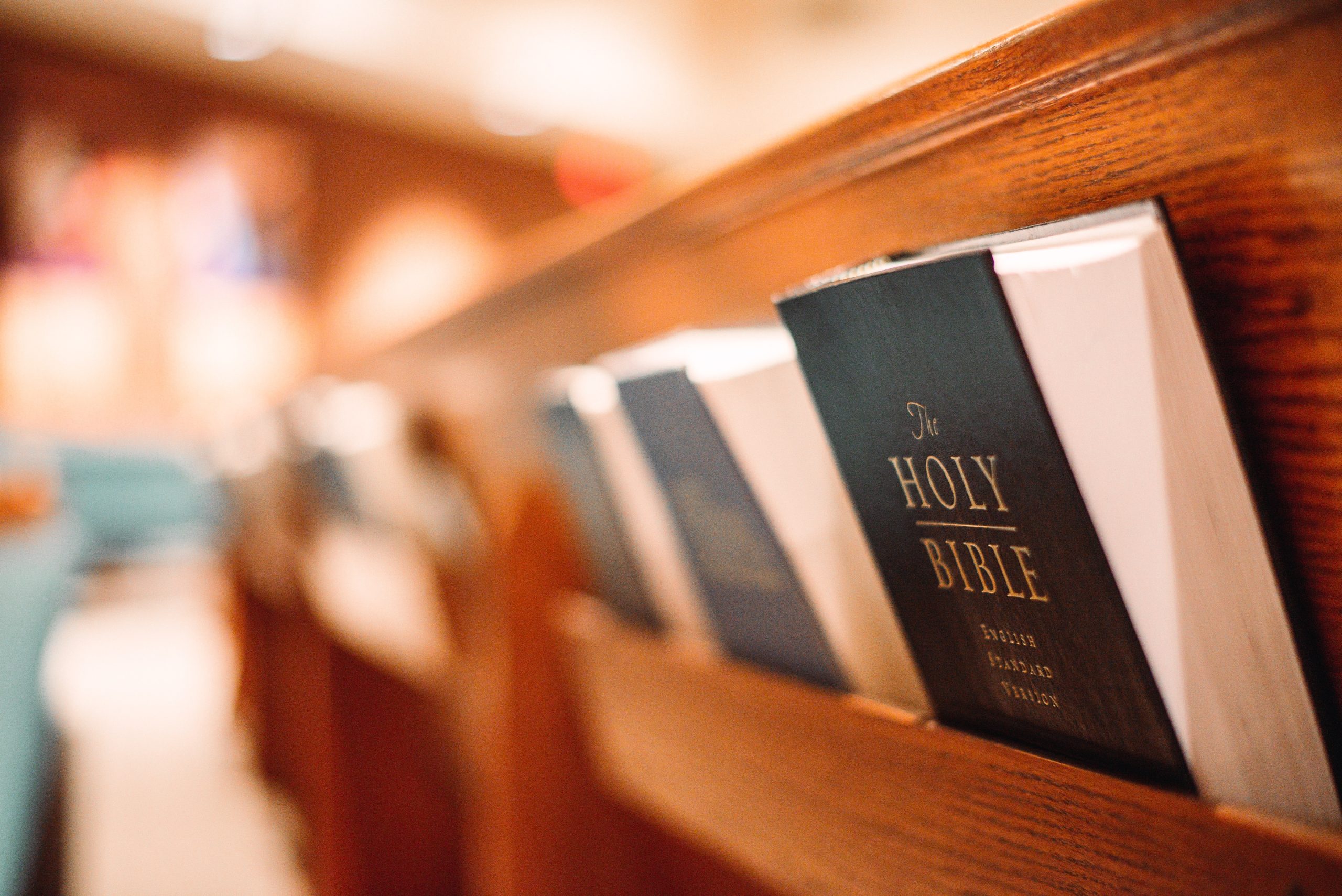Personal Narrative
Gentrifiers Never Want a Fight, but They Win Nonetheless
Amy Benson reflects on her time living near Morningside Park and the violence of gentrification in Harlem

The year I taught at the College of New Jersey, a freshman went missing. It was a large mystery—he had crashed, drunk, in a friend’s dorm room after a party, then vanished without his shoes. This was whittled down to a smaller mystery—copious amounts of blood in the trash compactor room to which the trash chutes led; weeks of searching two nearby landfills, body found a month later. But did he fall down the chute, did he climb in the compactor to retrieve something, did a game of hide-and-seek go awry, was he killed? Those mysteries remain. Joyce Carol Oates fed at that landfill to write her next short story, “Landfill,” publishing it in the New Yorker barely five months after his disappearance. The story begins at the landfill, with meticulous description of his bodily disfigurements, that body having been compacted, backtracks to invent his many college failures and humiliations as a first-generation Latino freshman, and ends with his horrific death. I swore off of her work forever.
I can’t stop thinking, now, five months after the fact, about the murder of another college freshman, December 2019. For a few weeks everyone knew her name and the same bright photograph in news stories across the country. Beloved and talented, in her first term at a storied college in a storied city.
Everyone could imagine themselves
into that grief, though
it remains unimaginable.
There should be a different word for the love you have for your child, and a word that erases the world if you lose them.
It was not a mystery for long, though. A thirteen-year-old boy, living in a nearby public housing development, was arrested the following week; later, his two fourteen-year-old friends, who wielded the knife, were arrested and charged as adults. How many would imagine themselves into this grief? To love a child who has done and can never undo the worst thing.
The act took place in a park wedged between Central Harlem, which twenty years ago was still half-gutted from the crack epidemic and began gentrifying in earnest only about ten years earlier, and Morningside Heights, the neighborhood of Columbia University and Barnard, several seminaries, a music school, and plenty of fresh produce. This park is built beside a cliff running north to south between the two neighborhoods, the physical manifestation of the city’s historical and evolving economic and racial divides. It is also the city’s most beautiful park, with tiers, boulder promontories, and many flights of Olmstead marble stairs. A waterfall, a grotto, flowering everything in springtime.
This park was our neighbor for thirteen years. We have since moved away, but my sharp-sweet memories of it hail from this later period of earnest gentrification when we had a child and the need for lawn equivalents. It was the park where my son spilled his first blood, forehead on rough asphalt. Parents came running with the ointment and bandages I never packed. I carried him, both of us crying, back up the cliff and north to our stoop. Little divot, still, near his hairline.
We held imprecise games of soccer on the south end after kindergarten pick up. One day, a boy—six or seven—joined us, played with gusto, gathered in for the snacks. And when we began the northward walk home, he walked with us. He was walking himself home, he said, as he always did. He said he hoped he’d see us again. We said we hoped so, too.
For years we gravitated with my son’s friend Sasha to the rocky promontories to the north where the teenagers often hung out. I brushed the most obvious glass from the boulders so they could stage plays. The plays were like dreams, intricate and unhinged. They both loved to die. They took turns dying and being brought back to life.
Sasha is alive, I thought five months ago. My son, alive. His friends Rafi and Maya and Naomi—they have all played in that park and they are all alive. Their families, alive. And I miss and love them.
The park was a known danger. The cliff that runs its length maintains the natural barrier between neighborhoods, the good air and water and schools always on high. Despite the divide, Columbia had seen in the park a potential land grab. After an outgoing president of the university urged the board of trustees in 1945 to “protect ourselves against invasion from Harlem or from the North” by buying land east and north of campus, another president successfully proposed building a large gymnasium for students and community members in the park itself.
Protests—among
student and community
groups—flared.
The plans designated the top floors and an entrance at the top of the cliff solely for the predominantly white Columbia affiliates and another entrance to the bottom two floors in the park for the Harlem residents. Protests—among student and community groups—flared. A man climbed into the giant shovel of an excavator, a Columbia board member was burned in effigy. Eventually, the plans and a giant crater they’d dug into the park were abandoned (which crater later became the pond and waterfall).
But by the aughts, though the longtime Harlem residents might remember, the perpetual newcomers to Morningside Heights knew only that it came with a warning: it was both beautiful and dangerous, a borderland caught between dereliction and revival. The stairs, for example, five or six flights that bridge the highlands and the low had been recently restored. But people were still wounded and died in this borderland, in robberies, drug deals, and arguments. For the seven years I taught there, I received Columbia’s neighborhood crime alerts: almost every week there was a reported robbery or assault and many of these occurred on the Morningside border or just inside this park, usually past midnight. The power of the Ivy League did not grant residents immunity beyond its spiked walls. I walked the avenue two blocks over at all times of day and night but gave the borderland a wide berth at night. In the daylight, though, I walked that beautiful park, with thrills of fear and joy tangled in me. Not at home, likely not welcome, but alert and alive.
I was rarely unaware of race and class, living as we did on the less visible northern border that separates Morningside Heights and Harlem, a border to which Columbia has since taken a wrecking ball, erecting behemoths on the land it accrued over the line. We had smudged that line minutely years before the construction, though, stumbling into a dirt-cheap apartment ahead of the curve. We were gentrifiers, for certain. But when you don’t have or make much money, when your bathroom floor is a cracked pastiche of linoleum, tile, and puddle of concrete, you might occasionally forget that you are changing the tone and the viability of the neighborhood.
Still, we lived there. And we had to understand how to be both a person and a demographic in the neighborhood. We worked at a blend of self-and-other awareness: how we are perceived in these streets, in our own building, a building sold to its residents in the 1980s for a few hundred dollars per apartment. What harm are we seeding, what harm might we shutter down? Could we imagine our way across the street (literally crossing under the elevated train to the other side of the tracks) into the ten towers of the Grant public housing: what was it like to grow up there, to parent there, to get good news, to save up for something, spiral into something, to be lonely there? Our imaginations were not always as vigilant as our bodies, though—they churned and faltered, revived and faltered again. Like that, on and on.
I come to know a place largely by walking, and a map of my long and varied routes would not include the many paths crisscrossing the fifteen acres of public housing grounds. A lacunae, it didn’t exist. Otherwise, I wore out many pairs of shoes walking everywhere, fast, with real or invented purpose. Or trying to slip through without taking up much space, an unasked for apology for my presence.
I walked at all hours.
I walked and remained unscathed.
Unthreatened, even.
Aside from cat callers. Aside from a stolen bike and car, and car windows in two smash-and-grabs, which we thought an acceptable urban tax. I called the police exactly once in these years. A white man I’d never seen before had plastered our stoop with porn mags and was himself spread-eagle on the steps, masturbating. He was gone by the time the cops arrived.
Rare were the occasions when all of this subtext was made text, but we could count on one: the yearly “Anti-Gentrification Fair” on our block, which closed the street to traffic and produced a rummage sale, dj, a stickball game, even a bouncy castle once. We steeped in the dissonance of enjoying the music, feeling that we “supported the cause” (which meant, materially, what?), being cash strapped (for the first years, at least), and knowing that the fair on our block was a message exactly, precisely for us. Over the years—a new Starbucks on the corner, a juice bar, kombucha on tap—it dwindled to a boombox and a few dishes for sale on a blanket. Gentrifiers never want a fight, but they win nonetheless.
It did become my home, particularly after having a child, seven years later. I was no longer a ghost consciousness floating through the neighborhood, but the chaperone of a fluffy, squishy creature who drew advice and squeezes and so many admiring comments about his blue eyes that I began to think there should be copies of The Bluest Eye available on every corner. Having a child is a test of your self-erasure, as well, because you want things on their behalf, all the things you think you can do without for yourself. And then the contest over resources begins. Rather, the contest that has been there all along becomes manifest in the shape of your child darting for one of the two available swings, the single open subway seat, one of fifteen available preschool spots, one of thousands of applications for twenty kindergarten seats.
Morningside Park kept the fixed fight over resources in focus. And, in the playground at the top of the park, it heated up one day. What we called Bear playground was completed in 2010, the year our child was born—an elaborate play space in an area of the park that previously had been left mostly to drug users and the unhoused. It’s wedged between a public middle school built on a rocky promontory that, with its caged windows and prodigious concrete, looks like a wing of Alcatraz; the Grant towers to the north, and, to the east, unceasing construction on a boutique hotel and apartment buildings, one of which made the bold move of building around and over a shabby brownstone that clearly could not be bought and demolished.
My three-year-old with his dandelion puff of hair was under a playground structure with several other children, Black and White. The details are hazy to me now, but they were hazy to me at the time, as well. I was in the perimeter of adults. In a panopticon, you can see but not necessarily hear. I saw him speaking to an African-American girl, perhaps a little younger. She had a toy and he was empty-handed. They seemed amicable. I’m pretty sure that the toy wasn’t in the ball or vehicle category, as my son had no interest in these, but in the toy weapon category—a Nerf or water gun. But a toy gun feels too outrageously symbolic, given the gun violence in the housing towers, given the death of Tamir Rice, and all of the invented weapons that have been the pretext for police and “stand your ground” shootings. But I feel certain it was because we didn’t allow gun toys (one of several confused prohibitions that are now half-intact or crumbled) and that would have made it irresistible.
A parent I knew later told me my son had asked to play with it. I assume she said no. He must have reached for it. Then someone was cursing and shouting and it took me an excessive number of beats to register that my son was the object of the shouting and that this was probably her father.
Essentially, my son was trying
to take her toy and he better
not get near her again.
What I had read at first as a standard toddler toy negotiation, he saw as one of a portfolio of threats against his daughter’s well-being and self-determination. My son was another blond boy acting like everything in the m*****f**king world was his.
Though I regularly railed against such boys and their adult and historical counterparts, I hadn’t seen my child as a threat. My dandelion-headed three-year-old. I felt misunderstood and ashamed and guilty, and we left as quickly as possible, shaken. Babyhood had functioned mostly as a meeting ground until then, I had thought. I was shaken because I didn’t know we were that far away from the people around us, from our neighbors. More precisely, I was shaken because I couldn’t count on everyone to pretend we weren’t so far away, to conform to the gentrifier’s interface of benign optimism. The newcomers weren’t shouting and threatening children. Weren’t threatening anyone at all. We were volunteers for neighborhood beautification, and community gardens, and programs called “Everybody Wins.” Gentrification was unaccountable, agentless—ghosts rearranging the neighborhood as the human residents slept.
But of course we were threatening his child, with the silent, steady rise in grocery bills and rents and property values and taxes, and the din of demolition and construction. Their housing, the streets, the park, now we wanted the toy from her hands?
A gentrifier walks through
a high crime park radiating
the fear of becoming a victim.
Gentrifiers are constitutionally unable to see themselves as violent, as perpetrators. But I would like to see how an infrared camera might capture the fear a gentrifier spreads as she walks. As I walked north to south with my baby strapped to my chest, I was not a ghost at all but a tower of fire, sending out ripples of icy blue and white: She’s here. There are more on the way, a flickering army that will take and take and never understand what they’ve taken.
Five months later and her death and the middle-schoolers’ lives are turning in my mind—the human pain radiating from Morningside Park, through bedrooms and classrooms and juvenile detention facilities, across neighborhoods, across the country. Pain that makes it impossible to keep the lights on, impossible to turn them off. Pain that stops time, even while construction grinds on. Fearing “invasion,” Columbia preemptively invaded Harlem to the north. They evicted sweat equity tenants and have now nearly completed a 7 billion dollar glass-and-metal campus, a space they promised would be welcoming to residents—no gates. You can belong if you have $17 for “avotoast” and a coffee or $115/month for a climbing gym membership. A residential building still under construction will tower over Grant Housing across the street, on the other side of the tracks. According to a 2013 watchlist, Grant is most neglected public housing project in New York. The public housing authority now needs almost 80 billion just to repair existing homes across the city.
I know at least a handful of people who knew her, I had taught students like her in the same rooms where she must have studied. In thirteen years of living across from the Grant housing projects, I know not one person who knew the three boys. So, it’s not my place to talk about her or to talk about the boys. The story would be rigged. The way their tragedies were hundreds of years in the making when they collided at the base of an ancient geological upheaval. Perhaps I can note simply that our culture takes a cliff and turns it into a self-fulfilling prophecy.








